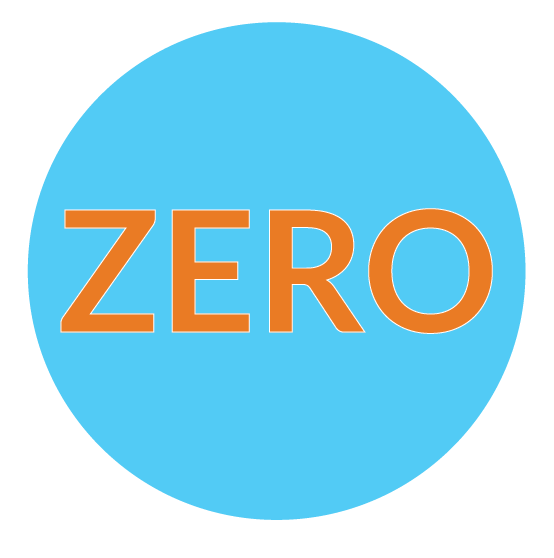ROLE OF BUILDINGS IN CLIMATE CHANGE AND OPPORTUNITIES FOR ACTION
Legislative Brief
On average, we spend approximately 90 percent of our time indoors, yet many of the buildings in which we live and work are harming our health, wasting energy, and deepening the climate crisis. We can retrofit and build more efficient buildings that will help address the climate crisis and deliver additional benefits including public health improvements, equity, and jobs. Homes, apartments, and commercial buildings constructed today will last for generations, making our choices now even more important. Challenges, opportunities, strategies, and policy tools for decarbonizing our buildings are detailed in this brief.
cost of construction: Reach Code
Policy Brief
ZERO conducted an analysis to calculate the cost of reducing energy use in single-family homes by 15% as part of Oregon’s Reach Code development process. ZERO sourced cost information through direct builder input and utility new construction program cost databases.
Oregon Building Energy Codes Fact Sheet
We spend approximately 90 percent of our time indoors, yet many of the buildings in which we currently live and work contribute to climate change, waste energy, and harm our health. Low-income, rural, and Black, Indigenous, People of Color (BIPOC) are more likely to reside in old, inefficient homes and buildings so they are disproportionately effected by the energy burden of high utility bills. Building energy codes are the primary mechanism in place to regulate energy performance in new construction or major building renovations, impacting the ongoing energy consumption of the buildings as they age.
This introductory document includes background information about zero energy buildings, Oregon’s policies around zero energy buildings, current trends, and examples of zero energy buildings operating today. The appendix includes fact sheets that anyone can use in presentations, social media, newsletters, and more. We intend to add to the toolkit over time with new, locally focused information.
Here are some ideas for how to use this toolkit:
Incorporate the information into your organization’s website and e-newsletters as a way to increase awareness about the benefits of zero energy buildings and Oregon’s goals around them.
Use the talking points and data in this toolkit in presentations – to policymakers, clients, and in classrooms – as a way to raise awareness about the benefits of zero energy buildings and Oregon’s goals around them.
Spread the word – email the link to this toolkit to others so that they can share with their networks.
ZERO Cost Fact Sheet
It’s a common misconception that zero energy homes are more expensive to design and construct compared to those built to meet code. However, there are countless examples of homes achieving zero energy at little or no additional cost. This fact sheet covers four ways of calculating earnings on the incremental cost it takes to get to zero:
SIMPLE PAYBACK (IN YEARS)
RETURN ON INVESTMENT (ROI)
INTERNAL RATE OF RETURN (IRR)
COST OF OWNERSHIP










